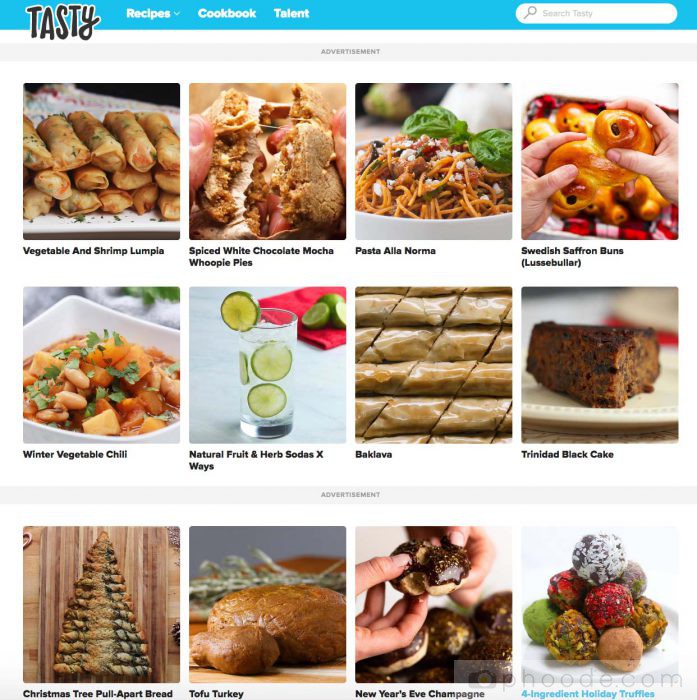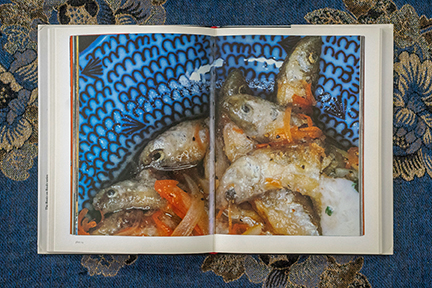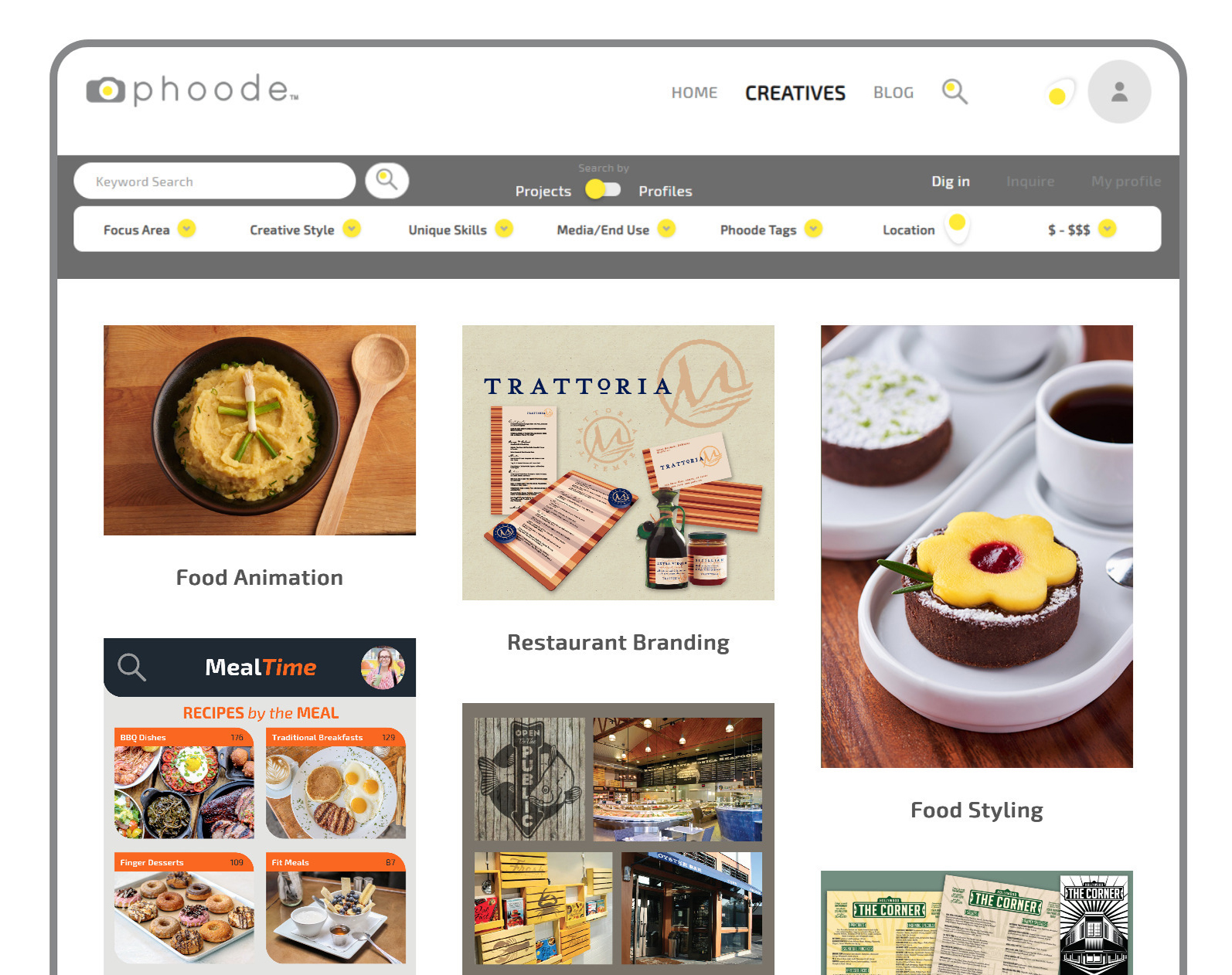Foodporn Served in Squares at Tasty.co
Pitched towards entry-level foodies, Tasty is a made-for-Facebook spinoff from the highly popular news and entertainment website BuzzFeed. The cooking platform offers quick and simple recipes presented in the form of short, easy-to-follow videos.
Plenty of us are guilty of watching hours of foodporn, queued to start the moment we unsuspectingly start scrolling through our personal feeds. The question is this – does Tasty exist only to rake in clicks, views and likes? Or can it offer something valuable to aspiring home cooks?
About Tasty
Despite BuzzFeed’s more recent attempts to establish itself as a serious news organization, it’s unlikely that many people turn to the site for intellectually rigorous political analysis. In some ways, Tasty is to food what Buzzfeed is to journalism.
For example, when it comes to titles, Tasty guides often follow the parent site’s oft-ridiculed naming format. While we are thankfully spared click-bait names for dishes (‘These Corn Cobs Went on the Grill, What Happened Next Will AMAZE You’), the recipes themselves often aren’t much more complex or profound than a Kardashian-themed listicle.
Sounds bitchy? It’s actually a compliment. Tasty offers a simple, fun, and easily digestible approach to food blogging, free from unnecessary distractions.
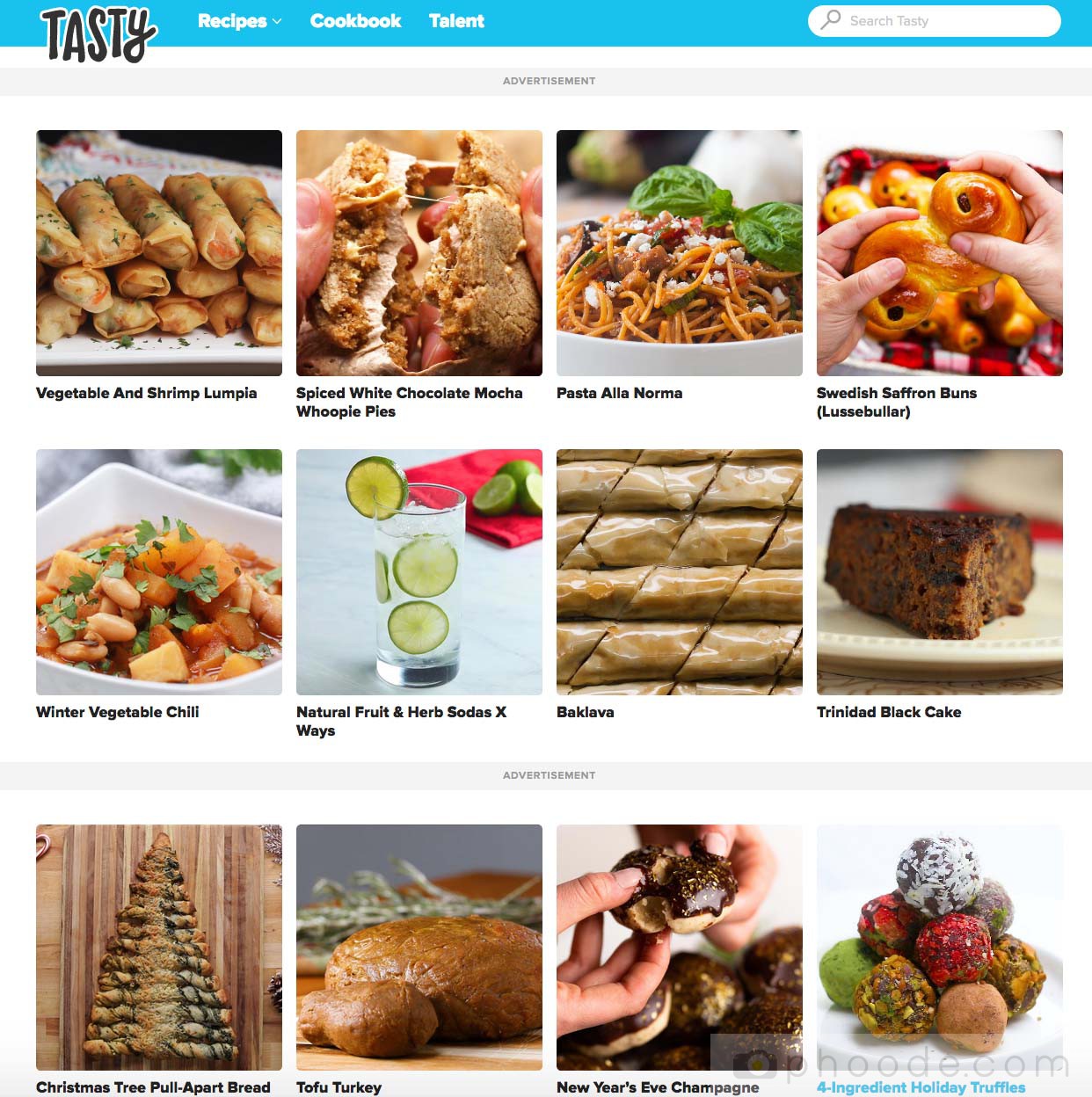
Content
Recipes
Let’s get one thing straight. Tasty isn’t offering anything that an experienced home cook won’t already know. While some recipes can be a good starting point, anyone serious about their food will either want to dig deeper or develop these recipes further for a greater degree of sophistication.
Beginners, on the other hand, will discover a wealth of information. Alongside classic American comfort food stand various cuisines around the world. Unfortunately,“exotic” cooking is sanitized and lightweight. Nothing from the site likely to win awards for the preservation of ancient traditions. Tasty can’t compare to Grandmother’s well-guarded family recipes. Instead, they’re superficial approximations of world cuisine – alongside the occasional culinary abomination that would have Gramma chasing the offending cook out of the kitchen with a heavy rolling pin.
Indeed, one or two of the dishes on Tasty genuinely made my stomach churn just looking at them. So little understanding and skill goes into combining the ingredients that I’d sooner eat directly out of the garbage can than be faced with such obviously incompatible flavors and textures on the same plate.
To be fair though, Tasty’s classic Pad Thai noodle recipe was actually pretty convincing. If you’ve spent any amount of time in a kitchen – or even eating in restaurants, for that matter – there’s unlikely to be all that much here that truly surprises. But then, this should be expected. Tasty is a resource for young budding chefs raised not on gourmet cuisine, but social media.
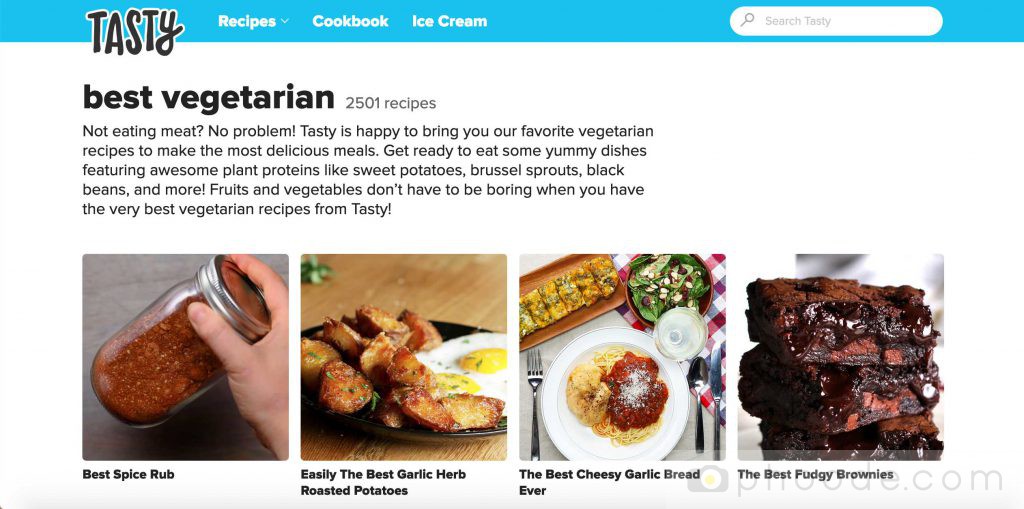
Organization
While Tasty’s culinary offerings, may not impress more sophisticated palette, the platform does an excellent job of covering all its bases. Need a salad dressing that will accommodate a vegan dinner guest? No problem – it’s easy to sift through Tasty’s vast recipe catalog for solutions that accommodate any intolerance or restriction.
Likewise, it’s also possible to browse through entries by occasion. Whether its a romantic dinner or a holiday feast, Tasty has already gone through the trouble of finding the perfect recipes for whatever it is you need.
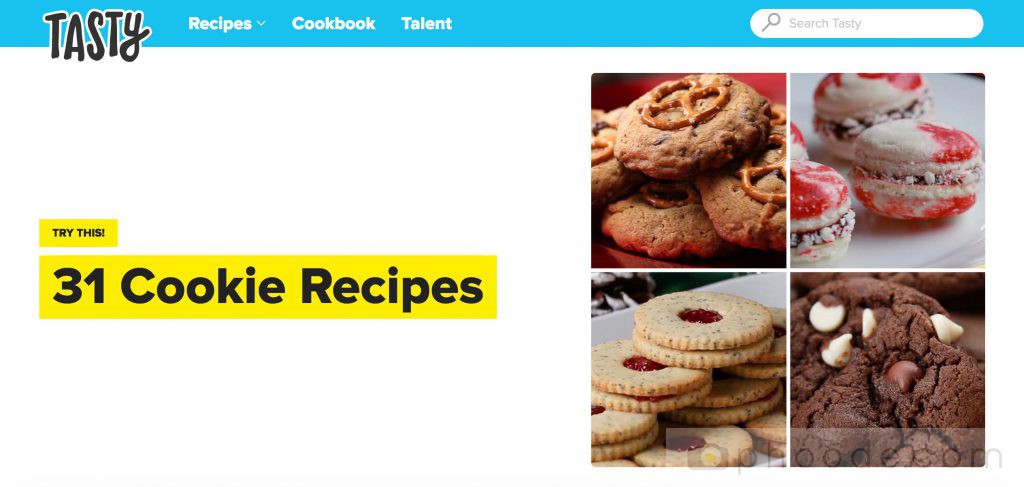
Tasty also goes through a great deal to provide as much information as it can into the smallest package possible. And, for the most part, it works. Particularly effective are Tasty’s “Four Ways” features, where viewers are presented with 4 variations on a theme (such as spaghetti, cupcakes, or taco bowls). Not all the recipes themselves totally convince. However, the approach of presenting four different egg dishes in a visually consistent way makes it possible discover a variety of culinary avenues in a fraction of the time it would normally take.
Our Score: 3
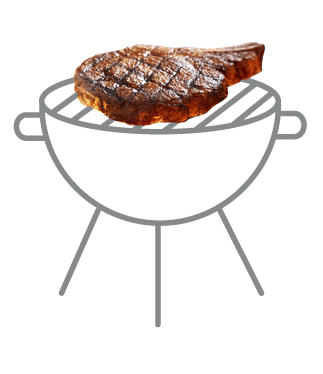


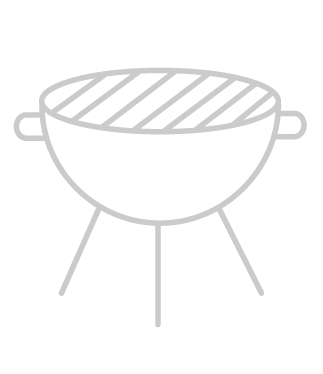

Visuals
That’s all very well, but we’re not here to eat. What about the visual presentation?
Well, this is actually Tasty’s strength. If we’ve dedicated too much time to contemplating the platform’s audience, it’s precisely because Tasty’s developers have clearly spent even longer thinking about the matter. Not only that, but they’ve evidently also invested a lot of energy in working out how to best communicate with this audience in its own language.
Once upon a time, meals were participatory, social events. Now we “break bread” separately, and it’s merely the recipes that are “shared”. Because their writers understand reader psychology, Buzzfeed turns inane trivia into a multimillion dollar business. The fact that the articles BuzzFeed’s readers click on are largely vacuous drivel is of little consequence – apparently even to those who read them.
Video Format
Meanwhile, Tasty’s winning formula is to take the food blog format, strip it to the bare essentials, and put it back out there in bitesized visual chunks. For this model to work, the content itself doesn’t need to be amazing. The presentation, however, absolutely does. If Tasty succeeds, its because it’s methods of presentation are highly direct and appealing. Not only this, but they are overwhelmingly visual. Other than lists of ingredients and basic instructions, there’s very little in the way of words on Tasty at all.
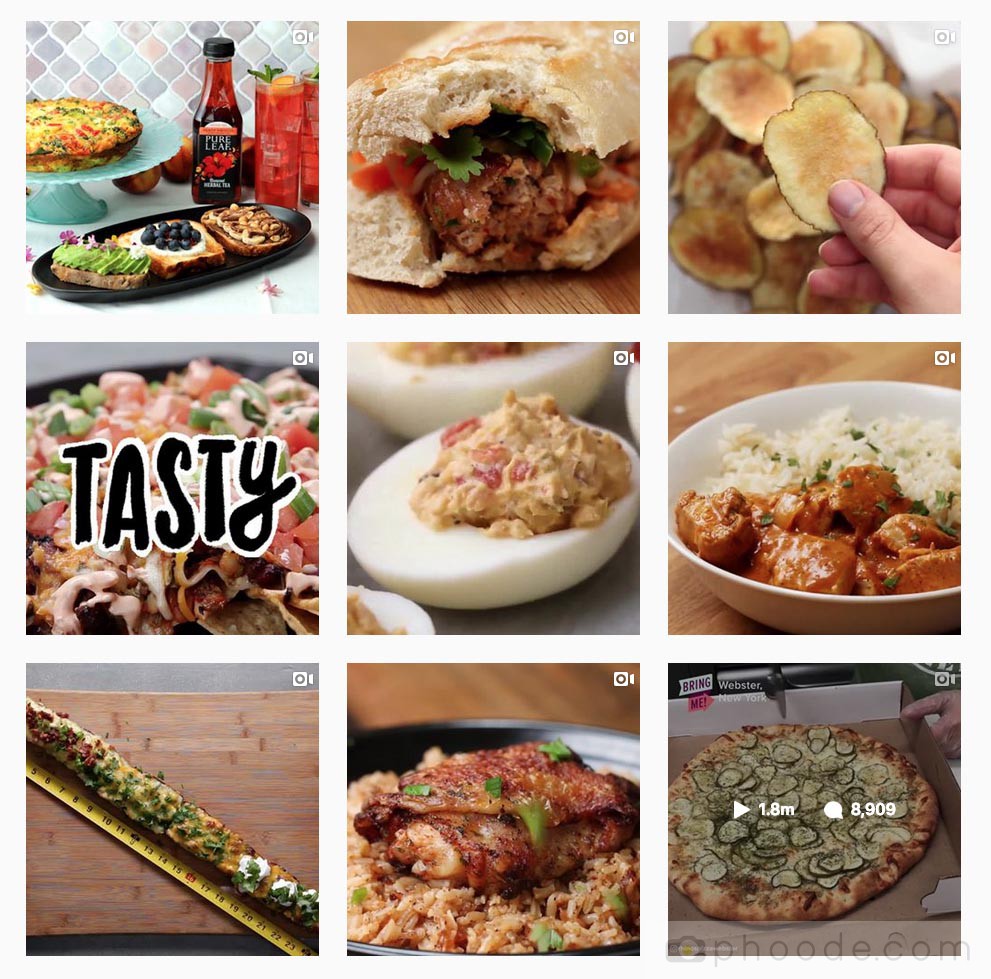
Tasty’s delivery isn’t perfect. Personally, the brand’s ugly Skype-blue color scheme makes my stomach turn. Nevertheless, its flawless recipe videos grab attention. Yes, they are unapologetically commercial. But they simultaneously also manage to be quite stylish and contemporary. This is evident in the sites conscious choice to upload recipes in a square format (rather than horizontally or vertically). Clearly, someone behind the scenes was aware that in a post-Instagram world, something as simple as shape can impact a work’s shareability.
Long gone too are the old style TV chefs behind a kitchen island. There’s no time for idle chatter when the world is condensed into 90 second segments. Occasionally, a tightly edited voice over might explain the essential steps necessary to prepare the dish. Otherwise, videos pare cooks down to a pair of busy hands. Edited between these overhead shots are close ups of basic culinary action: mixing, chopping, and textures. Longer processes, such as rising dough, become fast-paced time lapses.
When the components are combined, it becomes easy for the viewer to understand what they are supposed to do while being spared any time-wasting filler. The only niceties included are upbeat music tracks and cooking instruction subtitles. This way, it’s possible to follow along even when the sound is turned off
A team of photographers and videographers likely produces Tasty’s visual content. But if that’s the case, there’s clearly a very precise brief to follow. The consistency from one recipe to another is impeccable. Lighting, composition, camera angle, even the focal length of lenses is always perfect. The rare still images present also meet the Tasty guidelines.
Our Score: 4





Advertising & Marketing
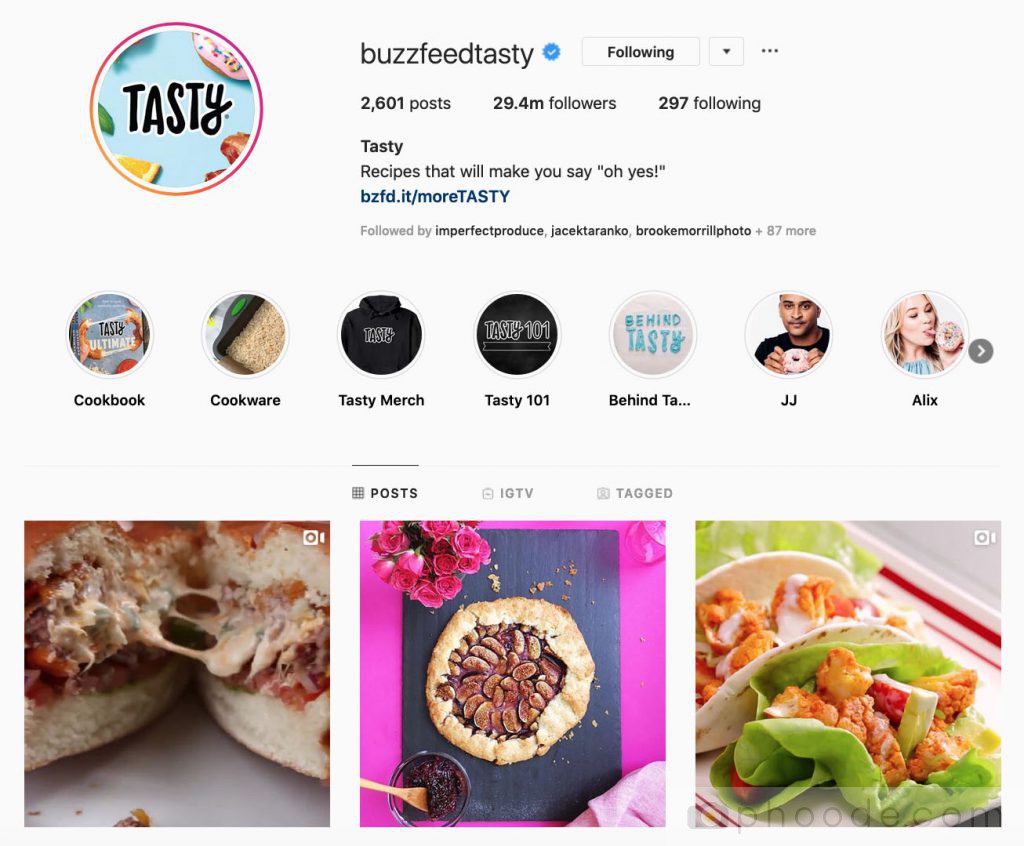
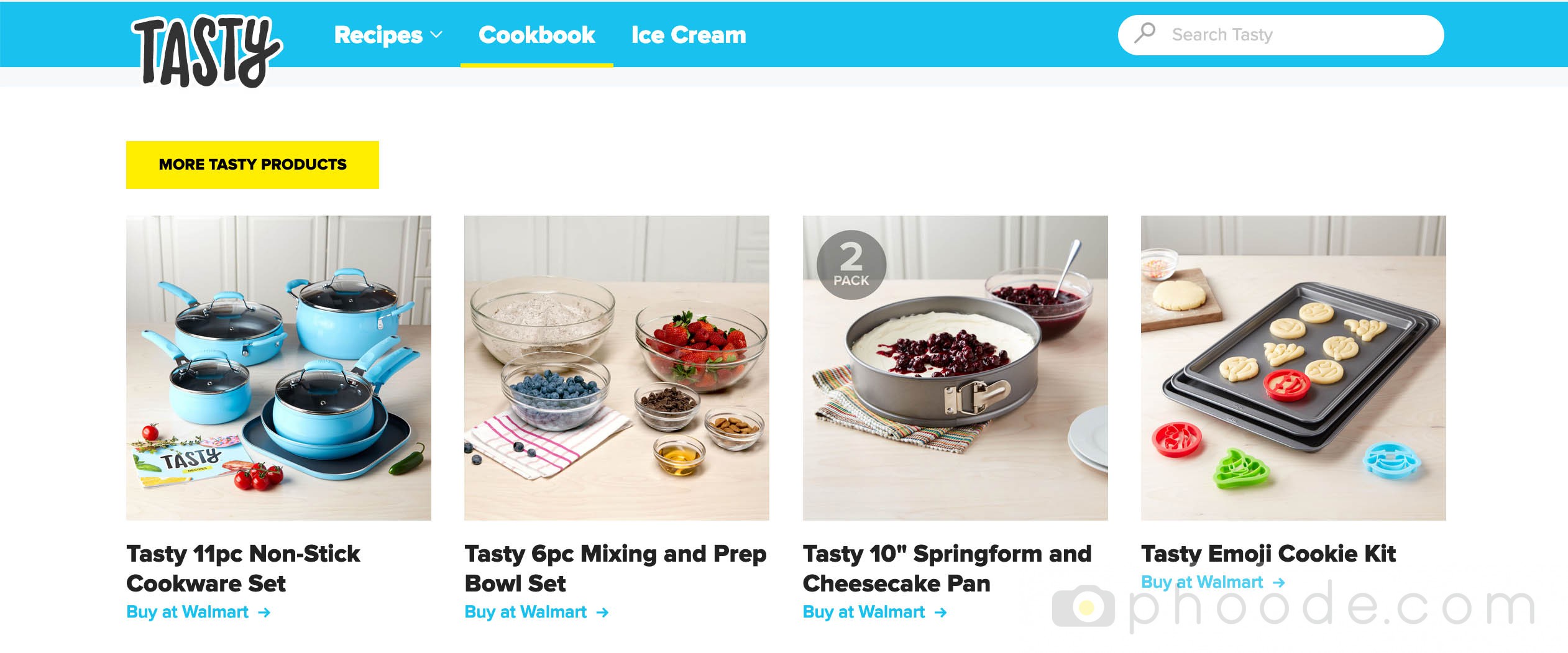
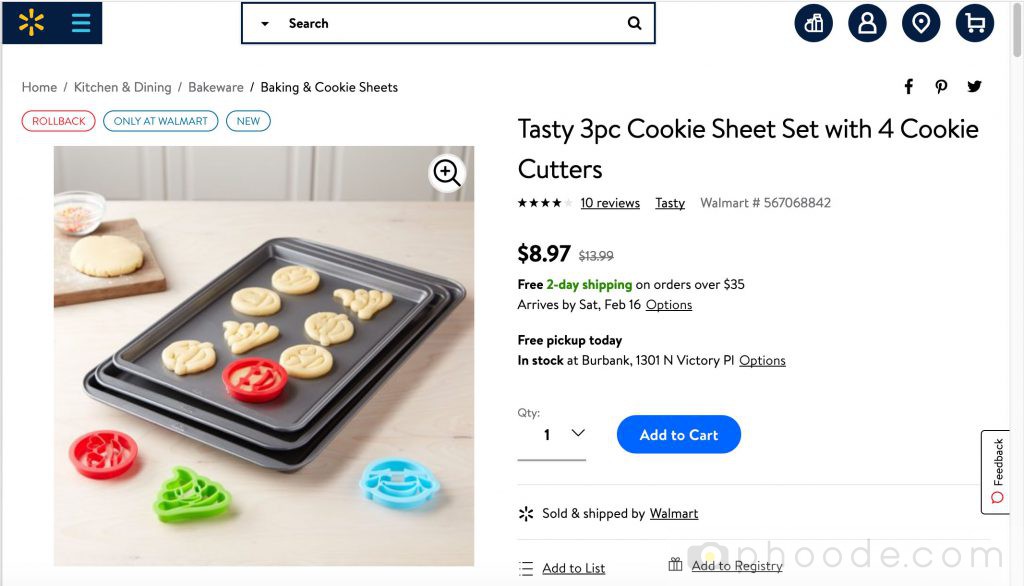

Our Score: 4.5




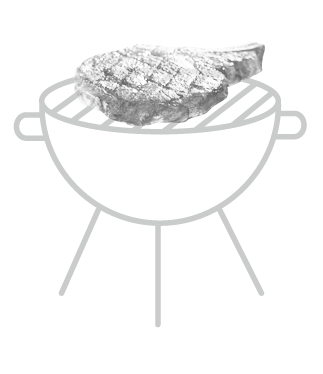
Final Thoughts
To be sure, cynics might view Tasty as merely dumbed-down cooking for the Snapchat generation. But if it draws more people into preparing and eating real food, we’re all for it. And as far as methods of visual presentation go, Tasty clearly knows what it’s doing.
In practice, however, Tasty doesn’t always offer the best suggestions. Bizarrely, several recipes encourage making enormous quantities of food for no apparent reason. Why cut up an entire watermelon into small cubes, only to use a small portion of the fruit in the dish? Similarly, what’s the point of telling people to pour half a bottle of soy sauce into a bowl and mix it up with large quantities of other ingredients if the recipe only calls for a couple of spoonfuls of the dressing in the end anyway? This kind of wastage is precisely why the world is currently in the priority boarding lane for flight 666 to Hades.
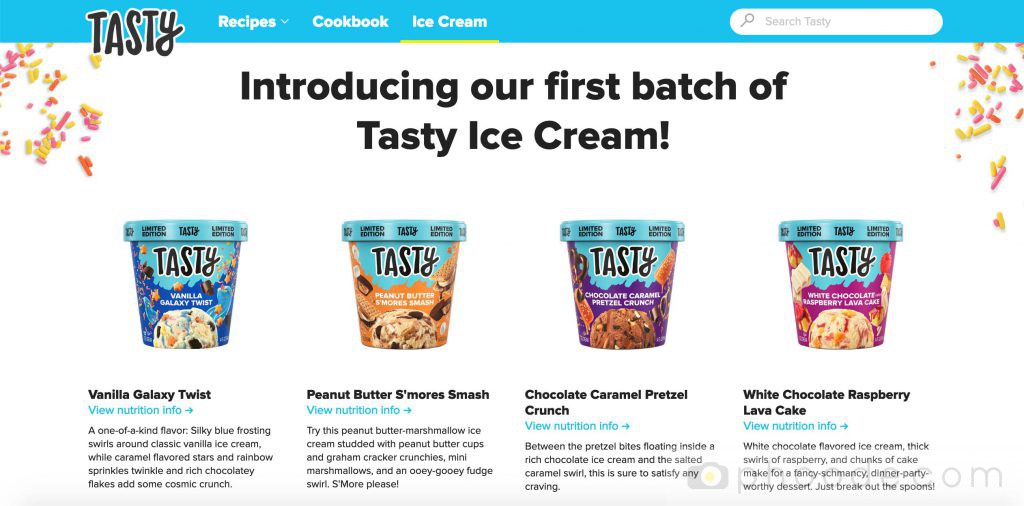
All in all, Tasty is an easily digestible introduction to different foods and cooking styles (for better or worse). What’s more, they manage to be quite fun and approachable in the process. Beginners will find that there’s plenty to learn here. And, with a little selective digging, even somewhat more experienced foodies may feel a spark of inspiration.
Our Score: 3.5









